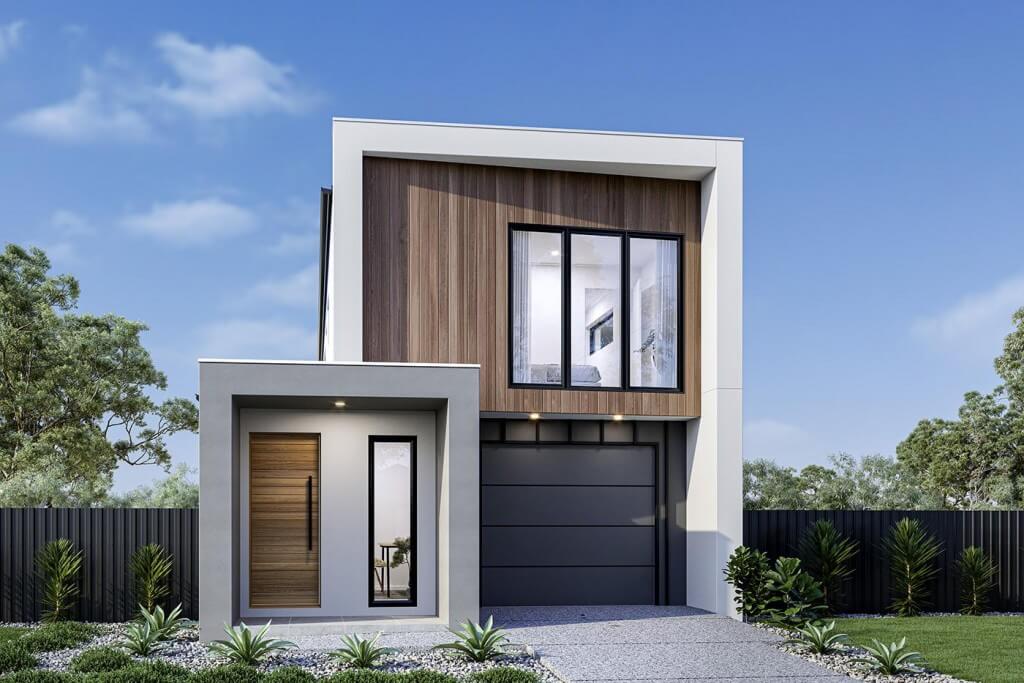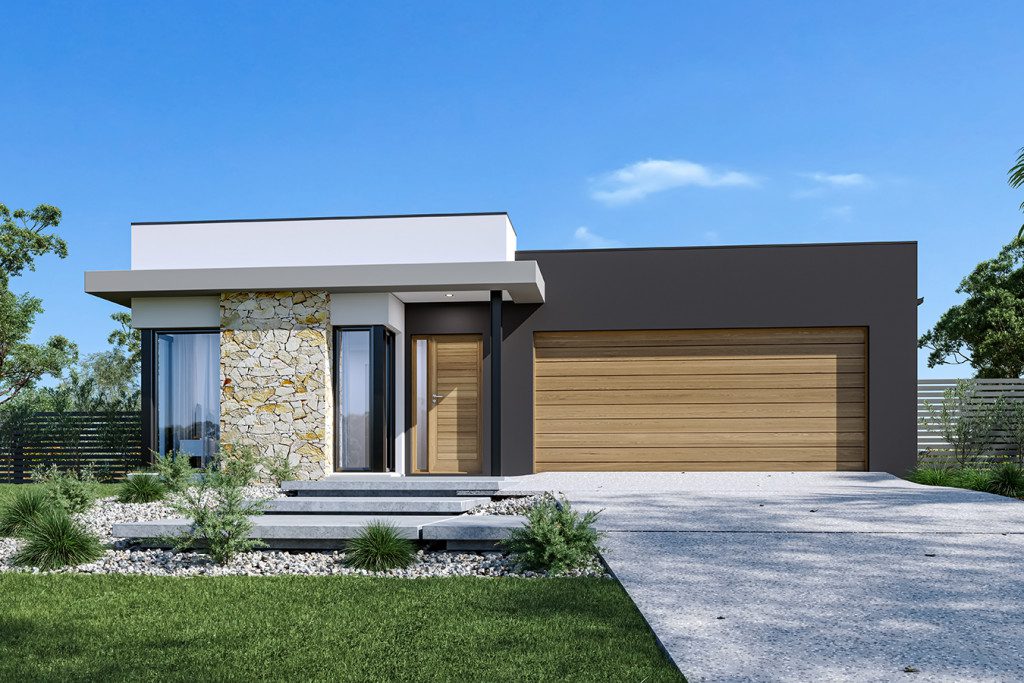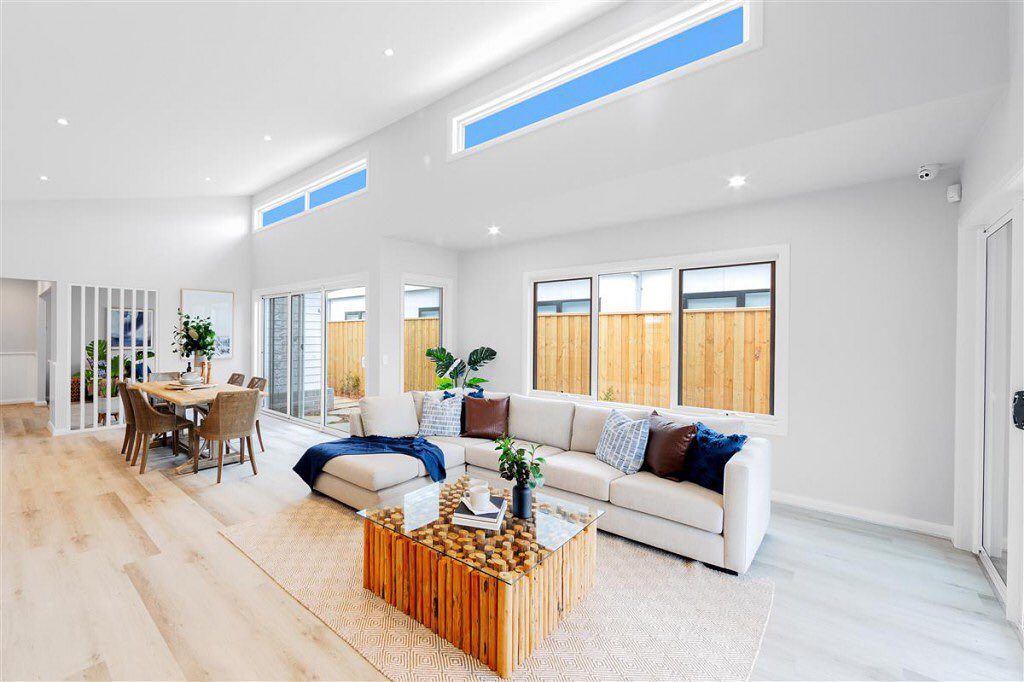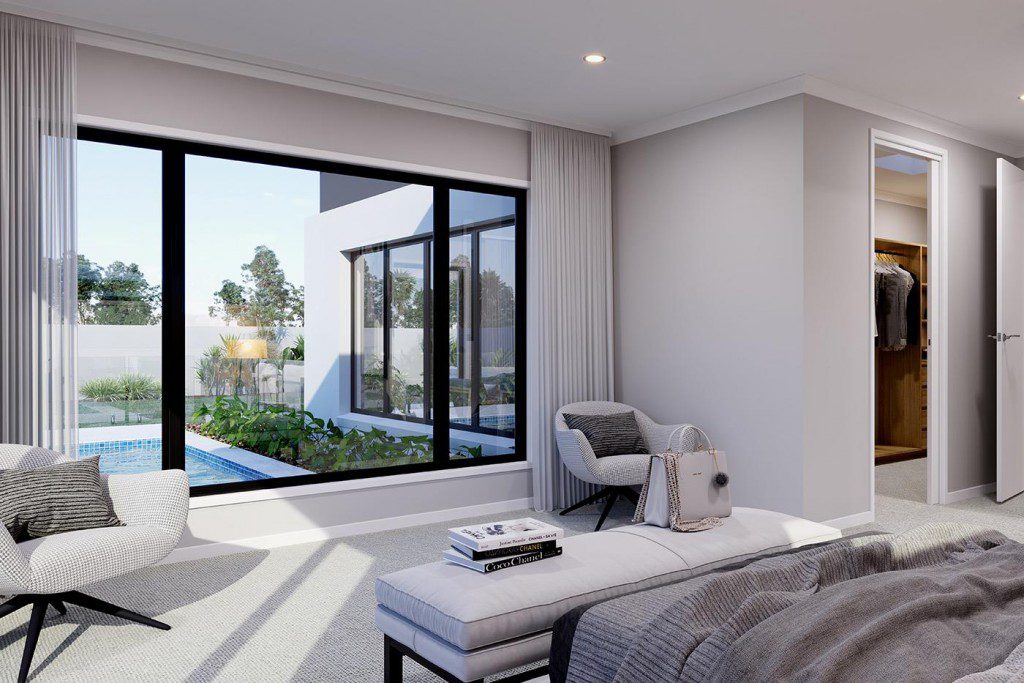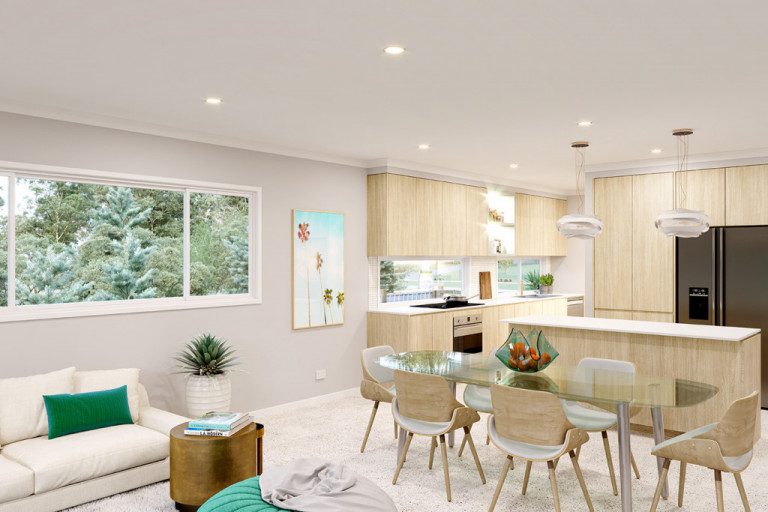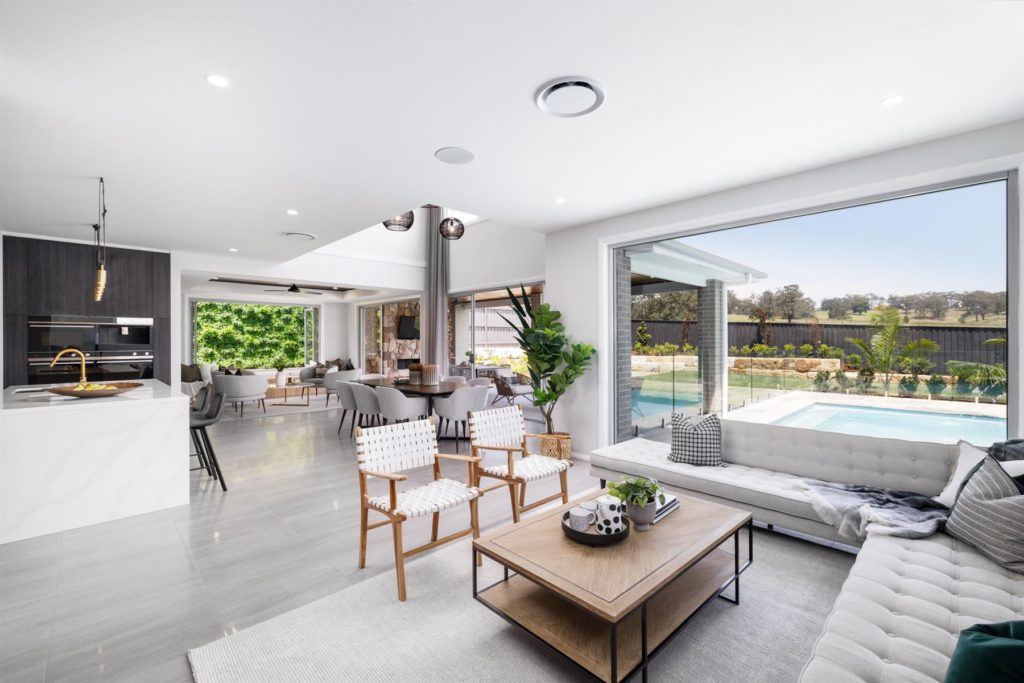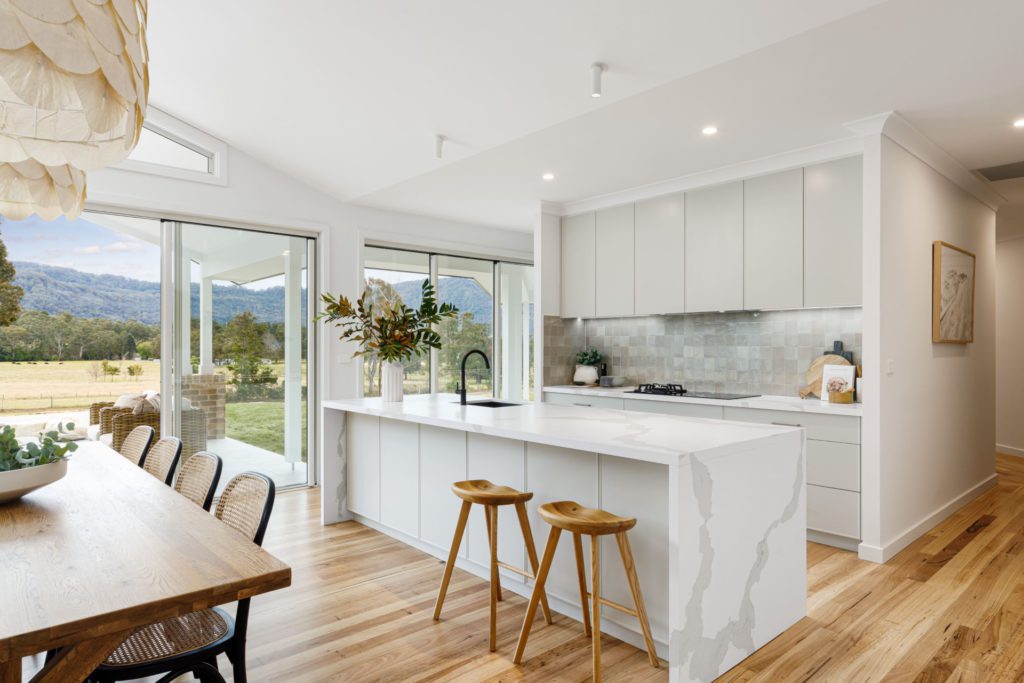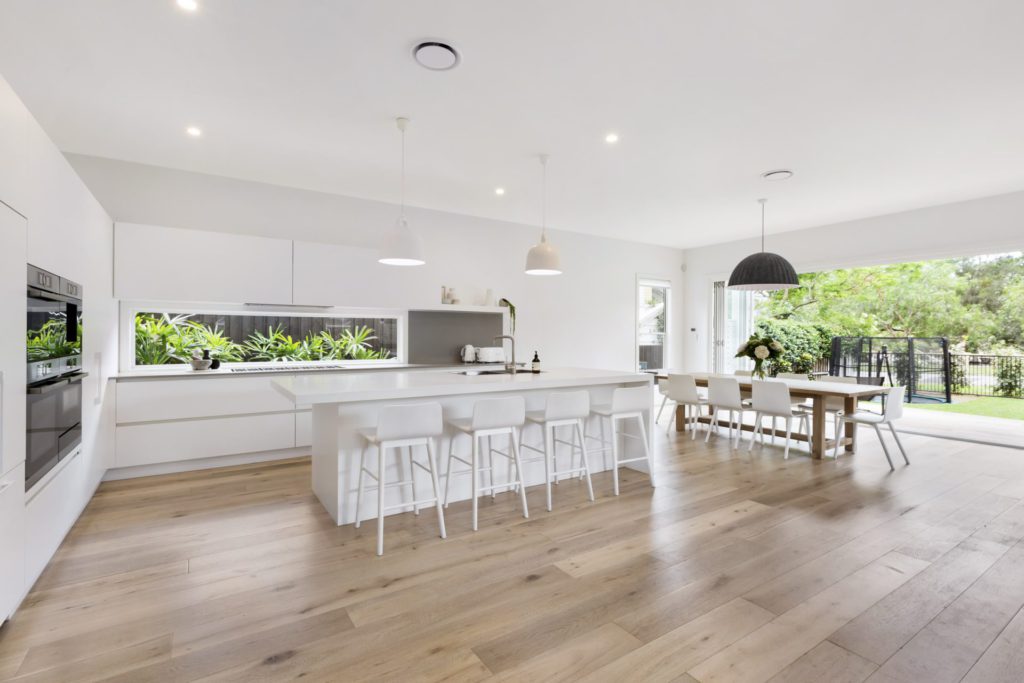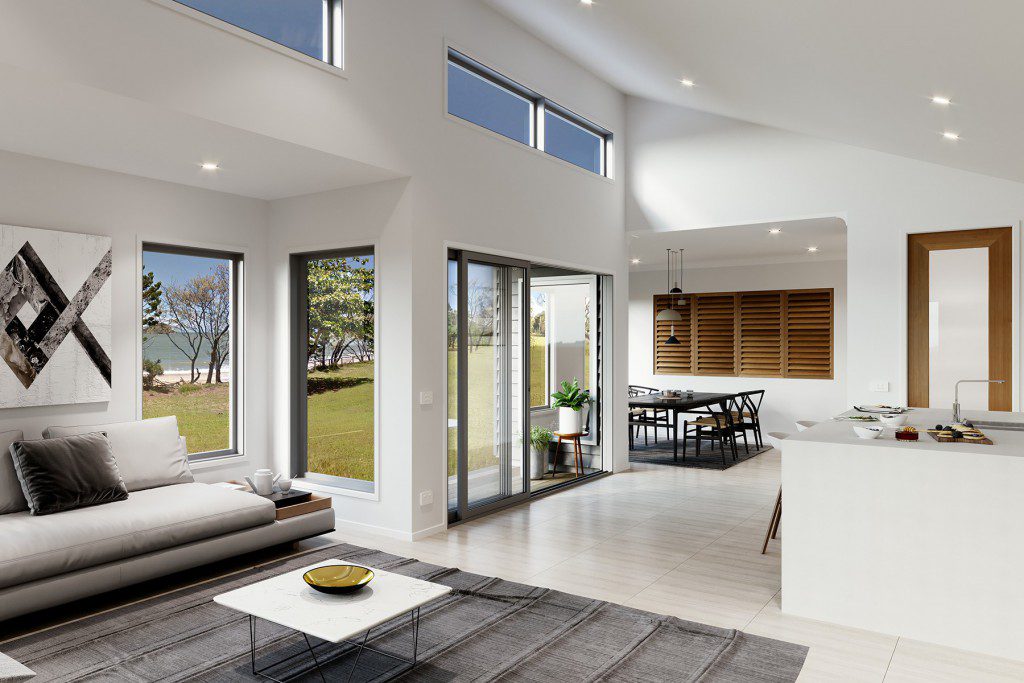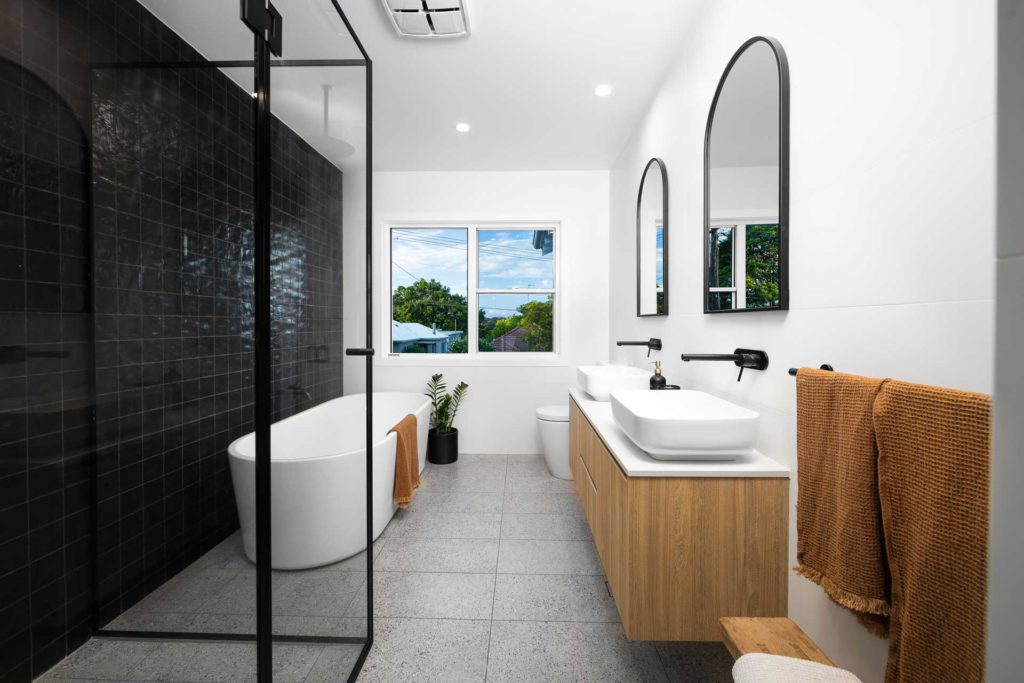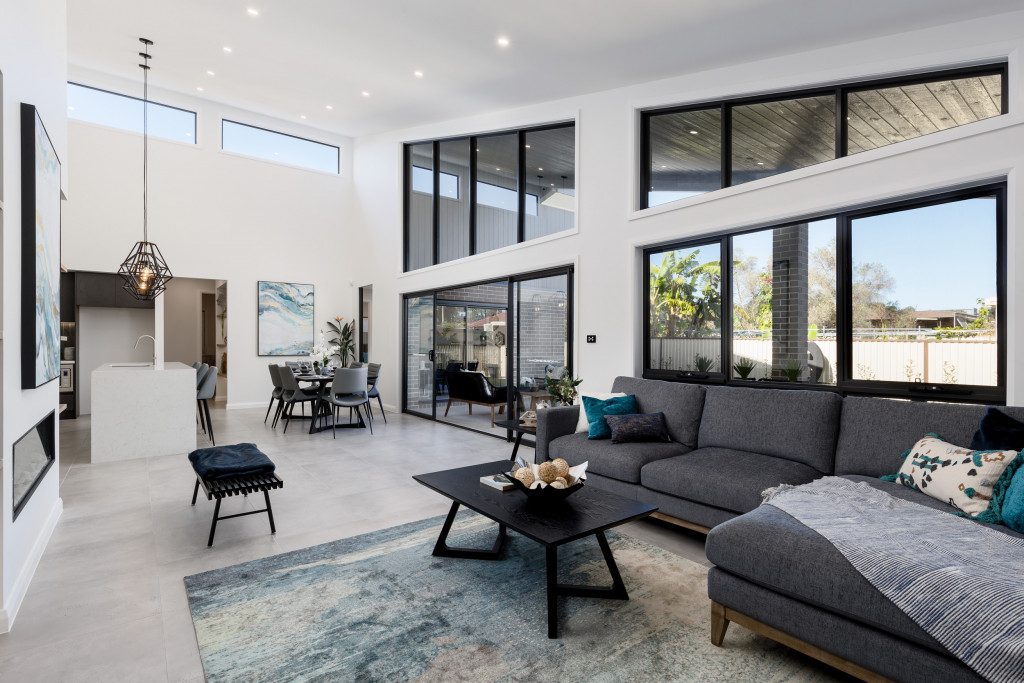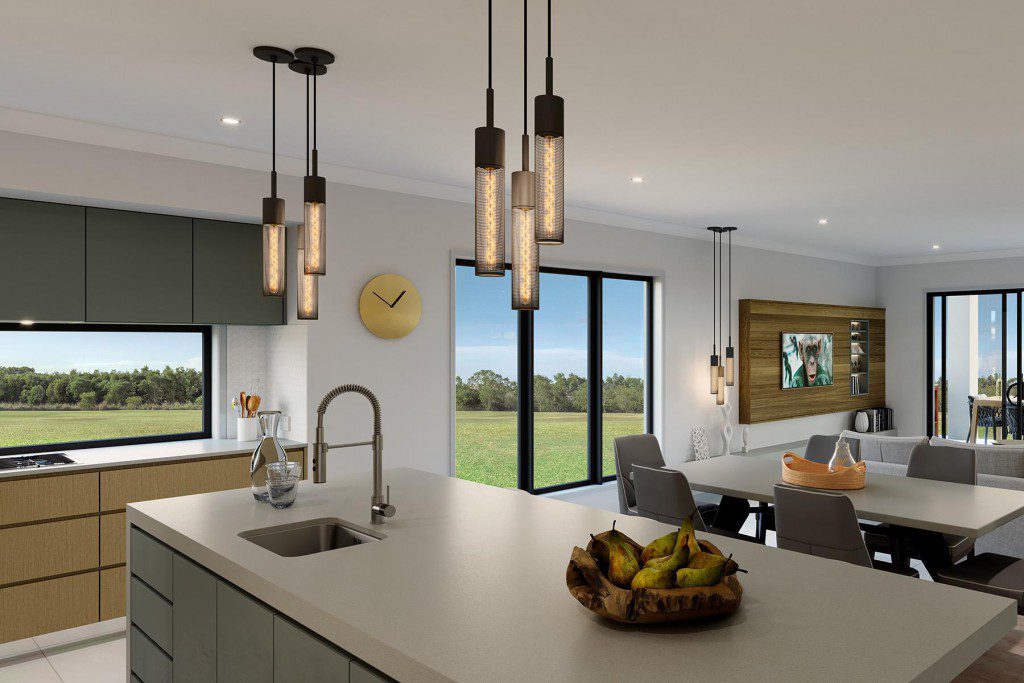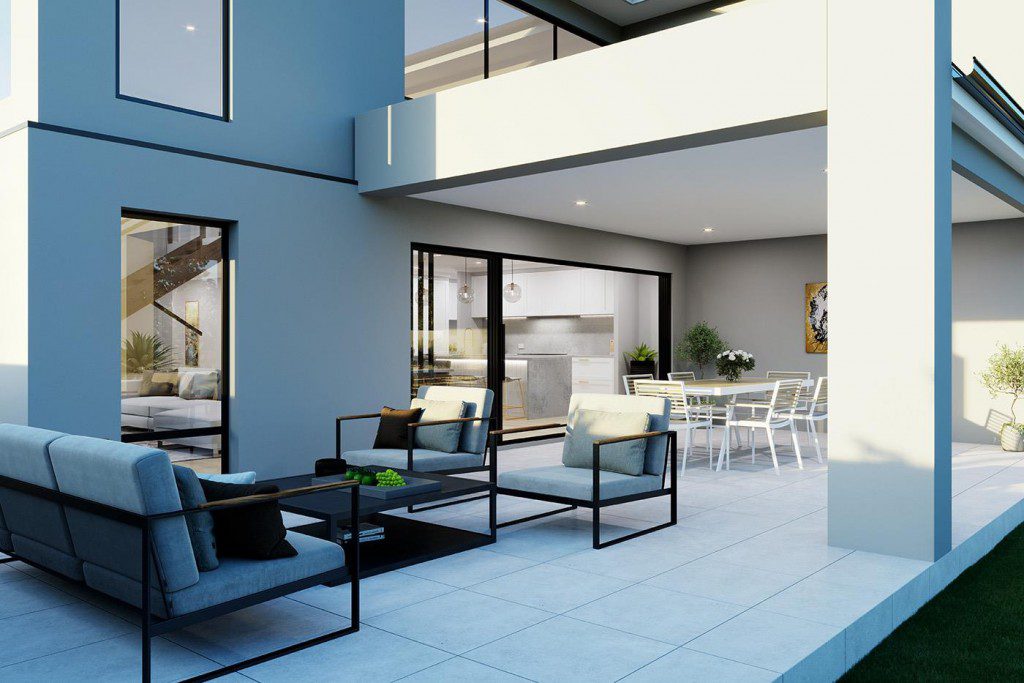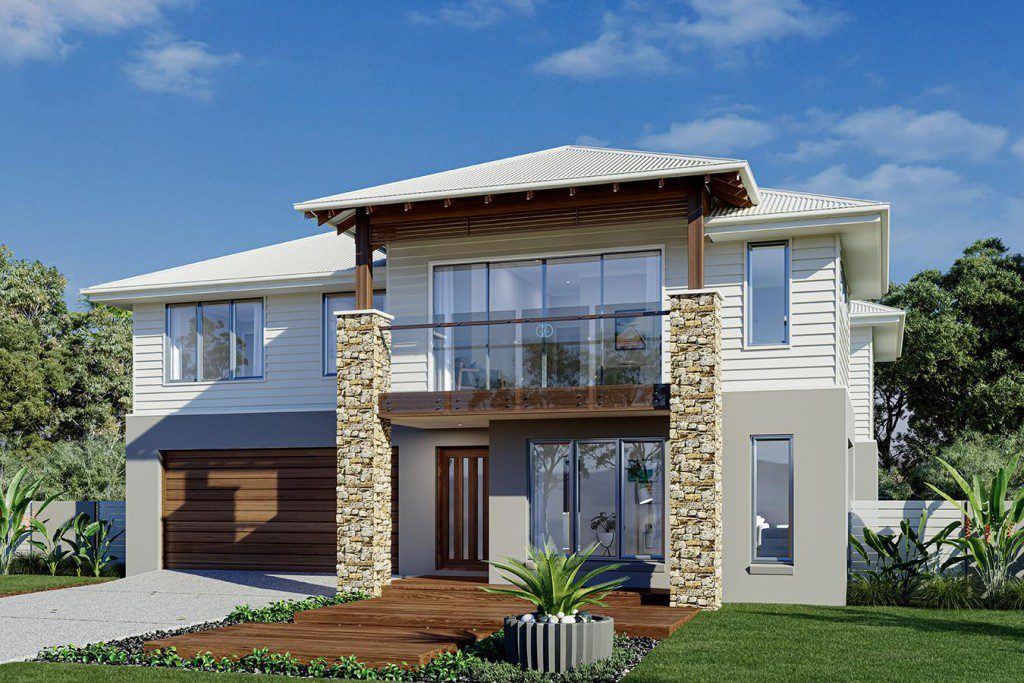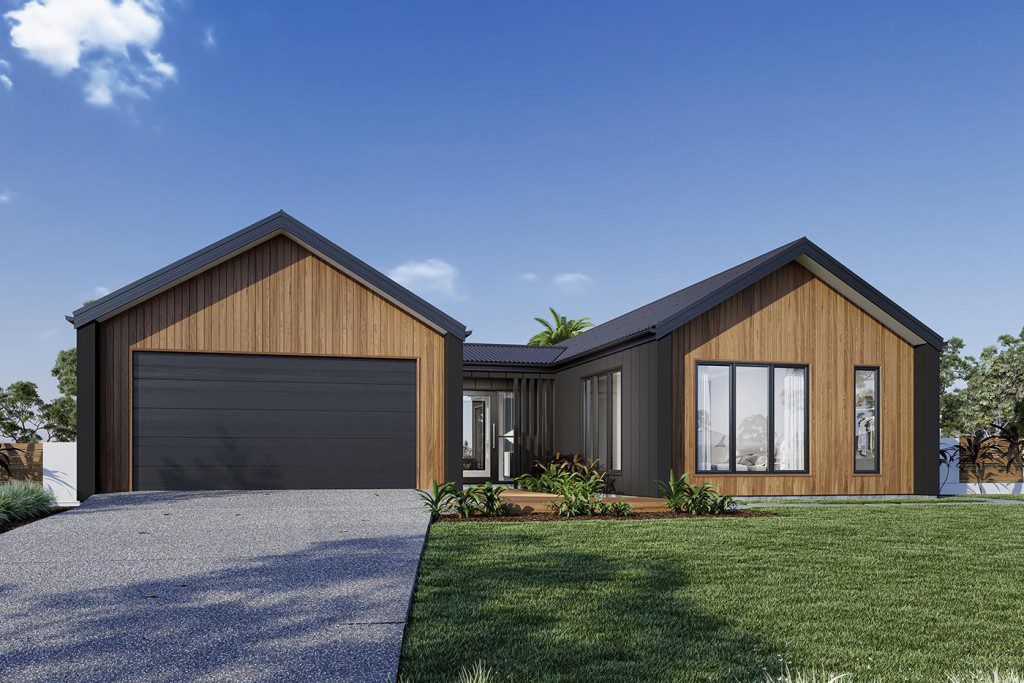
As summer approaches, many of us are starting to feel the heat when it comes to finding the right cooling solution for your home. Our designers work with the environment, not against it, to keep your home summer ready.
Evaporative cooling units are a cooling option and AC alternative that can effectively cool the air inside the home and even offer a fresh breeze. Originally designed over a hundred years ago, its simple yet innovative design is perfect for Australia’s subtropical homes that need extra support to beat the heat.
With fully customisable home plans, G.J. Gardner Homes offers a range of climate control options so you can find the right cooling solution for your home and your lifestyle.
What is evaporative cooling?
Have you ever noticed that the air tends to be cooler when you’re closer to the water? Evaporative cooling takes full advantage of how water can cool air and lets us integrate this naturally occurring process into our home.
These systems work by converting the hot outside air into water vapour. With a water tank at the base of the unit, the air is cooled by filtering the outside air through wet filter pads. Once cooled and humidified, the air is then pumped back into the home.
Whilst this may sound more complex than your ceiling fan, this process of using water to cool the air has actually been summer-proofing homes since ancient times. The technology at play with evaporative cooling dates back to before the invention of air conditioning and draws from a more simplistic process.
Evaporative cooling in homes
To cool homes, evaporative cooling systems are installed on the roof. Once the air is cooled by the unit, it then enters the home via ducts or vents in the ceiling.
The system continues to humidify and cool the outside air to then be pumped inside to help your home maintain a cool temperature when operating. Whilst many Australian homes opt for aircon or fans, evaporative cooling systems offer an ideal middle between the two.
Benefits of evaporative cooling systems
Cost-effective
Due to the simplified process involved with evaporative cooling systems, they’re cheaper than aircon. Whilst aircons cost around 60c an hour to operate, evaporative coolers only cost 12c. With energy prices only set to increase, opting for a most cost-effective cooling option could help future-proof your home.
Environmentally friendly
Although not quite as environmentally friendly as fans, evaporative cooling uses over half as much electricity as air conditioning units. Less energy consumption can help boost your home’s overall sustainability. In addition, your space is cooled by humidified air rather than the chemical reaction of the aircon.
Low Installation And Maintenance Costs
Installation costs tend to stay low for evaporative units, and also require only little maintenance. Due to such a simplified process and minimal working parts, they tend to be easily installed onto your home’s roof and don’t require any major renovations. This can be of great benefit once summer hits, as you can quickly and conveniently install this solution.
Disadvantages of evaporative cooling
Only offers cooling
Unlike an aircon unit, evaporative cooling lives up to its namesake and only offers cooling. This means you’ll likely only be using your evaporative cooling system over the warmer seasons, as it can’t be programmed to heat your home in the wintertime. With regards to the price, whilst evaporative cooling units are more affordable, they only offer around half the time of use each year.
Can’t be customised
Both aircon units and fans offer settings that let you customise how they perform. Although more simplistic in fans, you still get to decide the intensity of the cooling. Evaporative cooling systems don’t offer this efficiency through their technology, which means you can’t personalise the system to your preference or climate.
Filter pad cleaning
Just like with aircon units, you do need to clean out the filter pads of your evaporative cooling units. This is essential to maintain the air quality and ensure the polluted outdoor air isn’t pumped into your home. Due to their position on the roof, cleaning filter pads can be a difficult task.
The GJ Way to energy
G.J. Gardner Homes is committed to sustainable building, and aims to build sustainability into the home from the ground up. Home orientation is one of the major elements of home design that G.J. Gardner Homes’ team prioritises to support a home’s energy efficiency. By looking at your home’s position in relation to the sun’s movement and natural breezes, you can enjoy passive heating and cooling.
This approach helps take the pressure off our units and systems during the summer months to save not only your energy bills but the planet as well. Evaporative cooling is a great way to cool your home this summer, and incorporating sustainable measures at every stage of building will ensure it can work at its best.
Get in Touch
Heating and cooling is a crucial part of your home’s function and feel. Our team of expert designers are committed to the longevity of your home, and want to make choices that’ll keep your home comfortable and convenient well into the future. Reach out to our friendly team today and learn more about sustainable heating and cooling options.
